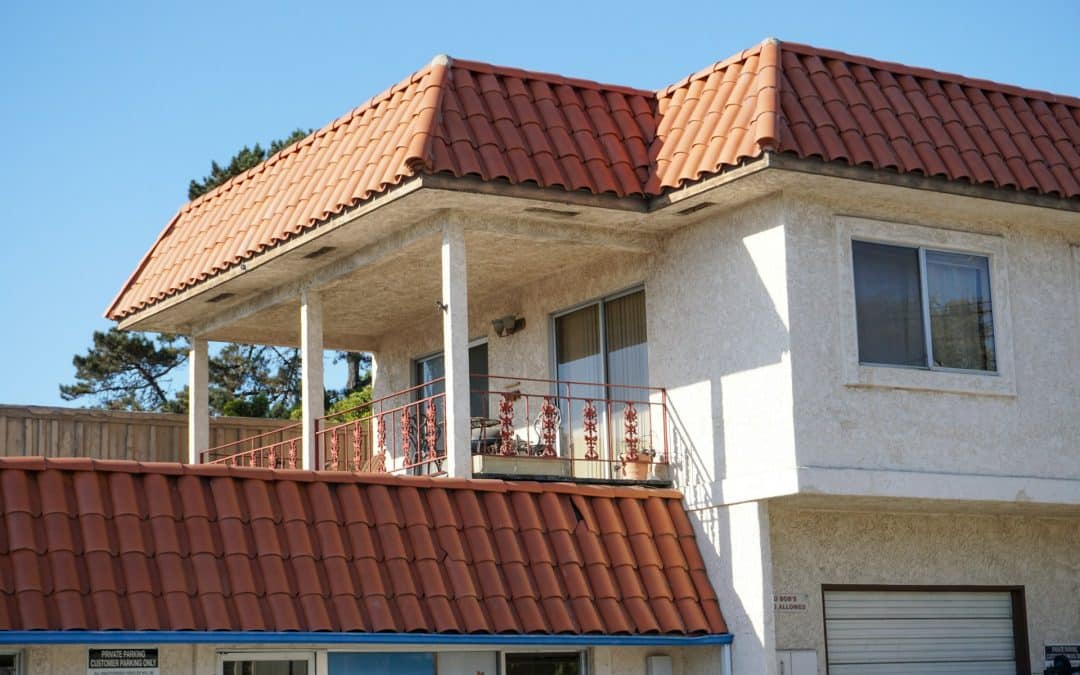Replacing a flat roof is a significant decision that ensures the safety and longevity of your building. Over time, even the most robust flat roofs can show signs of wear and tear. Recognizing these signs early can save you from unexpected problems like leaks or structural damage. Knowing when it’s time to replace your flat roof is the first step in keeping your property in top condition.
The process of replacing a flat roof involves selecting the right materials and understanding the steps involved in installation. With various materials available, each offering different benefits, making the best choice can seem challenging. It’s essential to weigh the pros and cons and select a material that suits your specific needs.
Once the new roofing is in place, proper maintenance is crucial. Regular check-ups and following post-replacement advice can help extend the life of your roof. Being prepared not only eases the replacement process but also ensures your new flat roof will protect your building for years to come.
Recognizing the Need for Replacement
A flat roof might look durable, but over time, it can show signs that a replacement is needed. Keeping an eye out for these signs helps protect your building from damage. One of the most common indicators is frequent leaks. If your roof leaks often, it’s a sign that the membrane is failing. Patches might solve the problem temporarily, but they are not a long-term solution.
Pooling water is another telltale sign that your flat roof might need replacing. Flat roofs should have a slight slope to ensure water drains properly. If water stays in one spot, it can weaken the material and lead to further issues. Additionally, visible cracks or blistering on the surface mean it’s time to consider a replacement. These problems can worsen with exposure to the sun and rain.
There are several common problems that lead to replacement. Constant repairs can indicate that the roof is at the end of its life. Over time, UV rays, rain, and temperature changes can degrade the roof’s surface. If maintenance costs keep rising or damage is widespread, replacing the roof might be more cost-effective.
When deciding between repairs and replacement, consider the age and condition of the roof. Repairs are suitable for minor problems, but if the roof is old and worn out, replacement is often a better choice. It’s important to weigh the costs and benefits—while a replacement might have a higher initial cost, it can save money by preventing ongoing repairs.
Choosing the Right Replacement Material
Selecting the right material for your new flat roof is essential to ensure longevity and performance. There are several popular materials available, each with unique benefits and drawbacks. Understanding these options helps in making the best decision for your building.
- EPDM (Ethylene Propylene Diene Monomer) is a widely used flat roofing material. Known for its durability and flexibility, it’s ideal for various weather conditions. EPDM is UV resistant and handles temperature changes well. However, it can be susceptible to tears from sharp objects.
- TPO (Thermoplastic Olefin) is another common choice. It offers excellent energy efficiency, thanks to its reflective surface that helps reduce cooling costs. TPO is easy to install and maintain. However, its longevity can vary based on thickness and installation quality.
- Modified bitumen roofing involves layers of asphalt combined with plastic or rubber. It provides excellent protection against harsh weather and is resistant to high foot traffic. The downside is that it can be more challenging to install and might not offer the same level of energy efficiency as other options.
When selecting a material, consider factors such as climate, budget, and building use. Durability and maintenance needs are crucial considerations, as they impact the long-term effectiveness of your roof.
Take into account the advantages and potential drawbacks of each option to ensure you choose a material that meets your specific needs.
The Replacement Process Explained
Replacing a flat roof involves several crucial steps that ensure the installation of the new roof is successful and long-lasting. The first step is removing the old roof. Professionals start by stripping away the existing material, taking care to protect the underlying structure.
This process is meticulous and ensures that no debris is left behind. The underlying decking is then inspected for damage and any necessary repairs are made before the new material is installed.
Next comes the installation of the new roofing material. This step varies depending on the type of material chosen. For instance, installing TPO might involve welding seams with heat, while Modified Bitumen could be applied in layers with a torch.
Proper installation ensures the roof is sealed tightly against leaks and other environmental factors. Skilled professionals follow precise techniques to lay down the material correctly, ensuring maximum durability.
Timing is also important during the replacement process. On average, replacing a flat roof can take anywhere from a few days to a week, depending on the size of the roof and weather conditions.
This timeline includes inspecting the old roof, installing the new one, and performing cleanup. Weather delays can extend this timeline, but ensuring a quality installation is worth the wait.
Preparing for Post-Replacement Care
Proper care is key to keeping your new flat roof in excellent condition after it is installed. Taking the right steps can prevent potential issues and extend the lifespan of your roof. Regular maintenance checks help identify any early problems before they become costly repairs.
Start with basic maintenance tips, such as clearing debris and leaves from the roof. This simple task prevents water buildup that can lead to leaks. Also, make sure your roofing contractors have ensured proper drainage and ventilation. Proper drainage prevents water from pooling, and good ventilation extends the life of the roofing material by minimizing moisture buildup.
Scheduling regular inspections is also beneficial. Professional inspections can catch hidden issues that might not be visible to the untrained eye. Having an expert examine the roof every year can alert you to possible concerns and keep your roof in top condition.
These small measures go a long way in keeping your flat roof strong and durable over time.
Conclusion
Flat roof replacement is a significant investment that offers peace of mind and improved protection for your property. Knowing what to expect throughout the process helps make informed decisions about timing, materials, and care.
From recognizing the need for a replacement to understanding the best materials for your needs, each step plays a critical role in the outcome. Following the replacement, adopting a consistent care routine ensures your new roof performs optimally for years.
If you’re considering replacing your flat roof, contact Mike Huddleston Roofing Systems. Our expert team is ready to guide you through the entire process, helping you find the best roofing solutions tailored to your needs.
Let our roofing company in Georgetown, TX, help you protect your investment with quality craftsmanship and reliable service!

